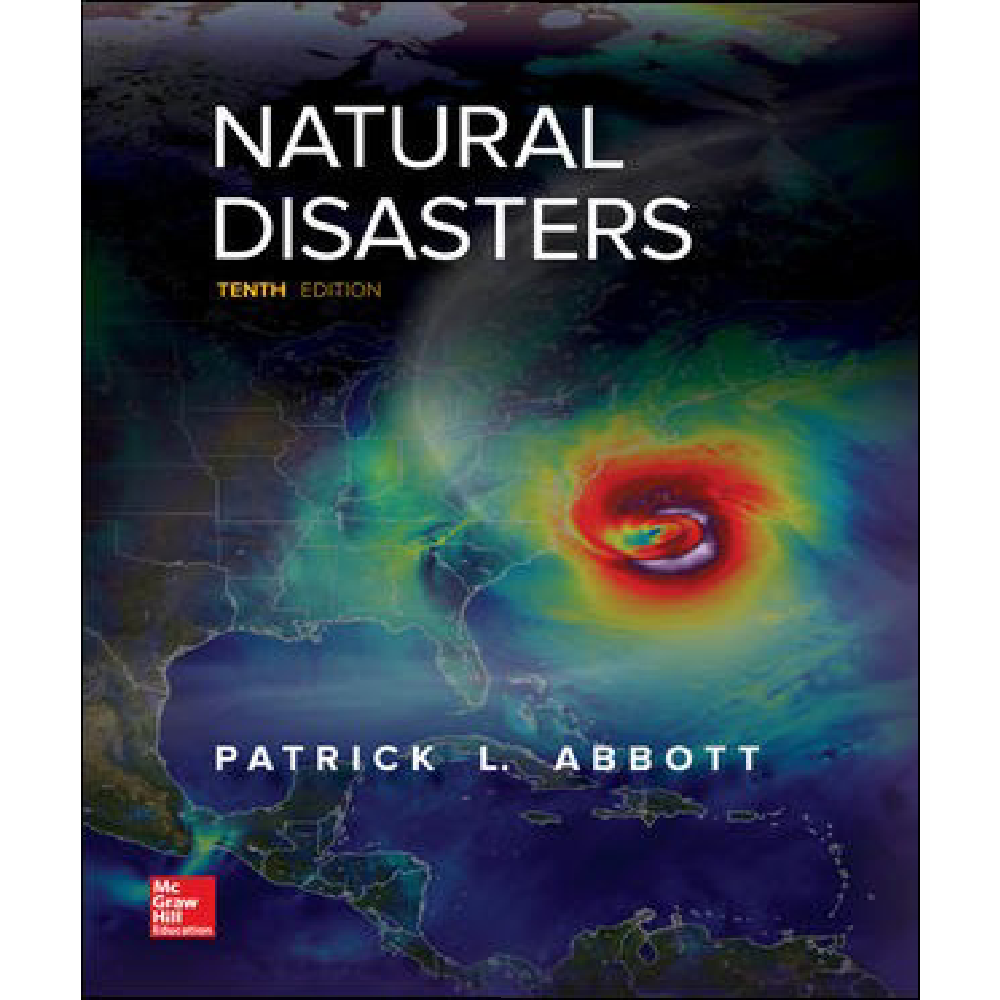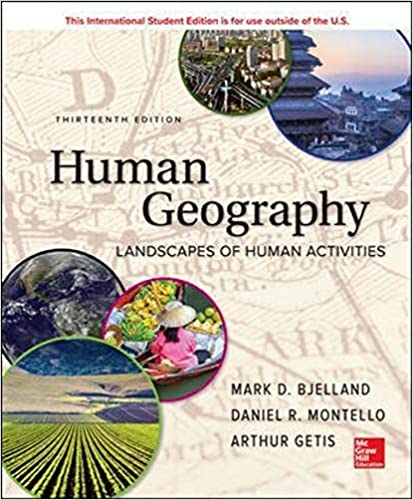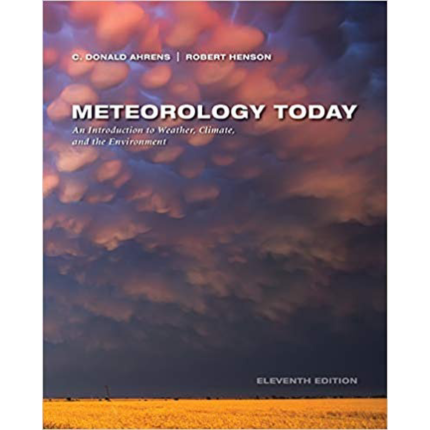Chapter 11 Test Bank: Hurricanes KEY
Multiple choice Questions
- The 2005 Atlantic hurricane season broke many all-time records, including all but which of the following?
- greatest number of named storms in one season
- greatest number of tropical storms before August 1
- greatest number of hurricanes in one season
- greatest number of major hurricanes making landfall in U.S.
- greatest number of deaths in one season
Accessibility: Keyboard Navigation
Bloom’s Level: 1. Remember
Chapter: 11
Gradable: automatic
Section: Hurricane Forecasts
Topic: Hurricane Forecasts
- The deadliest hurricane in U.S. history struck __________ in 1900 killing 8,000 people.
- New Orleans, Louisiana,
- Galveston, Texas,
- Charleston, South Carolina,
- Palm Beach, Florida,
- Key Largo, Florida,
Accessibility: Keyboard Navigation
Bloom’s Level: 1. Remember
Chapter: 11
Gradable: automatic
Section: Hurricane Damages
Topic: Hurricane Damages
- As of early 2016, Hurricane Katrina (2005) is the most costly and third most deadly natural disaster in the United States since 1900. Scientists thought a hurricane strike causing a disaster like this one in New Orleans __________.
- was impossible
- would happen if preparation for the coming disaster did not occur
- was only a remote possibility and not worth worrying about
- was preventable by steering the hurricane away from populated areas
Accessibility: Keyboard Navigation
Bloom’s Level: 1. Remember
Chapter: 11
Gradable: automatic
Section: Hurricanes and the Gulf of Mexico Coastline
Topic: Hurricanes and the Gulf of Mexico Coastline
- Requirements for a hurricane to develop include all but which of the following?
- seawater with a temperature of at least 27°C in the upper 60 m of the ocean
- Air must be unstable, warm, and humid.
- weak upper-level winds, preferably blowing in the same direction the developing storm is moving
- The storm must be within 500 km of the equator.
Accessibility: Keyboard Navigation
Bloom’s Level: 1. Remember
Chapter: 11
Gradable: automatic
Section: How a Hurricane Forms
Topic: How a Hurricane Forms
- Hurricanes rotate in a __________ around a central core in the Northern Hemisphere.
- clockwise direction
- counterclockwise direction
- back-forth motion
- vertical pattern
- zigzag pattern
Accessibility: Keyboard Navigation
Bloom’s Level: 1. Remember
Chapter: 11
Gradable: automatic
Section: How a Hurricane Forms
Topic: How a Hurricane Forms
- Rank the following in order of increasing strength.
- tropical depression, tropical storm, tropical disturbance, and hurricane
- hurricane, tropical depression, tropical storm, and tropical disturbance
- tropical disturbance, tropical depression, tropical storm, and hurricane
- hurricane, tropical depression, tropical disturbance, and tropical storm
- tropical storm, tropical depression, tropical disturbance, and hurricane
Accessibility: Keyboard Navigation
Bloom’s Level: 1. Remember
Chapter: 11
Gradable: automatic
Section: How a Hurricane Forms
Topic: How a Hurricane Forms
- As a hurricane forms, converging surface winds meet at the central core, which acts like a chimney sending __________.
- warm, moist air flowing rapidly upward
- warm, moist air flowing rapidly downward
- cool, dry air flowing rapidly upward
- cool, dry air flowing rapidly downward
Accessibility: Keyboard Navigation
Bloom’s Level: 1. Remember
Chapter: 11
Gradable: automatic
Section: How a Hurricane Forms
Topic: How a Hurricane Forms
- As a hurricane forms, the air __________.
- rises, cools, and releases latent heat, cooling down the hurricane’s core
- rises, cools, and releases latent heat, further heating up the hurricane’s core
- rises, warms, and releases latent heat, further heating up the hurricane’s core
- falls, cools, and releases latent heat, further heating the underlying water
Accessibility: Keyboard Navigation
Bloom’s Level: 1. Remember
Chapter: 11
Gradable: automatic
Section: How a Hurricane Works
Topic: How a Hurricane Works
- A hurricane acts as a heat engine, transferring heat from the __________.
- warm, moist air above tropical seas into the core of the hurricane
- core of the hurricane into the warm, moist air above tropical seas
- warm, moist air above tropical seas into the bottom of the sea, where it stirs up turbulence
- core of the hurricane into the tropical seas, where additional energy is picked up from water depths below 200 feet, amplifying the strength of the storm
- low-pressure zones in the core to low-pressure zones on the periphery
Accessibility: Keyboard Navigation
Bloom’s Level: 1. Remember
Chapter: 11
Gradable: automatic
Section: How a Hurricane Works
Topic: How a Hurricane Works
- A hurricane is defined as a large area of sustained winds greater than 119 km/hr this is the wind speed at which
__________.
- canvas sails on sailboats start to rip
- storm surge starts to be a problem
- Saffir and Simpson agreed to compromise
- the center of the storm develops a calm area known as the eye
- atmospheric particles collide and coalesce













Reviews
There are no reviews yet.